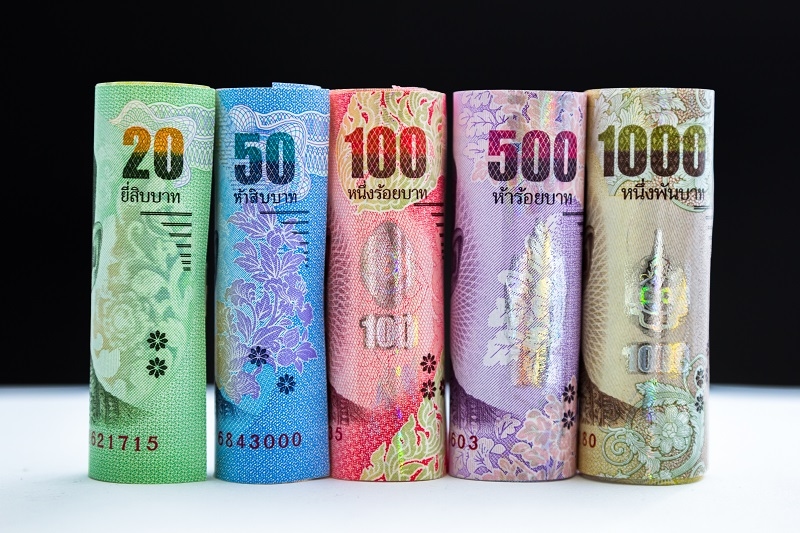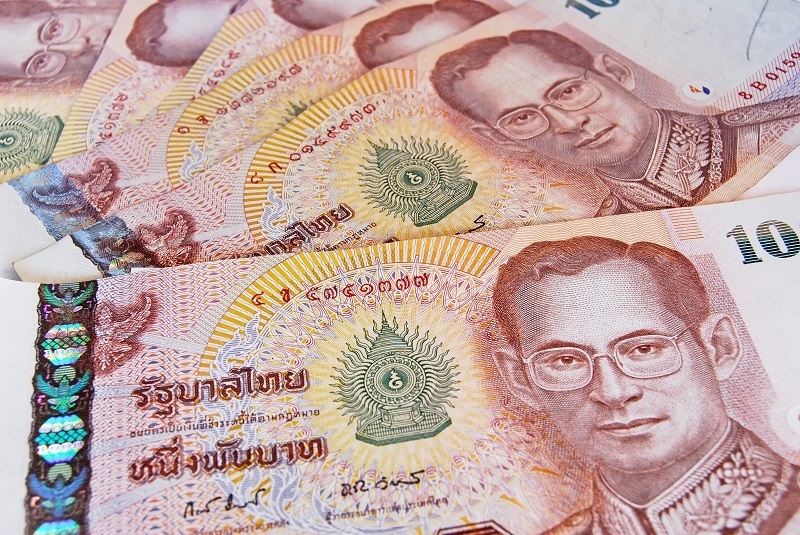
Planning a trip to Bangkok isn’t just about temple hopping, street food, and night markets—you also need to know how money works here. The Thailand country currency is the Thai Baht (THB), and whether you’re bargaining for souvenirs or paying for a tuk-tuk, you’ll be using it everywhere. While some high-end places may accept dollars or cards, the real Thai experience runs on baht.
If you’re stepping into Bangkok for the first time, understanding Thailand currency exchange is just as important as booking your flights. Knowing the Thailand baht currency rate, how to swap cash, and the right way to use cards will save you a lot of unnecessary stress.
The official Thailand currency is the Thai Baht, represented by the symbol ? and code THB. One baht is divided into 100 satang, though satang coins aren’t widely used anymore. What you’ll mostly deal with are:
Carry small bills whenever you can. In Bangkok’s street markets, food stalls, or when taking local transport, a ?1,000 note might earn you an eye roll because vendors often can’t give change.
Must Read: Check Out The Top 10 Tips for Your First Time in Bangkok
For most travelers, the big question is—what’s the Thailand currency to USD rate right now? On average, 1 USD equals about 32–33 THB. This changes daily depending on the market, but that’s the ballpark range.
If you’re budgeting for your trip, this means:
Always double-check the currency in Thailand exchange rate before you travel. Apps like XE or Wise give you real-time numbers, and that helps you know if an exchange counter is giving you a fair deal.
Now, let’s talk about how to get currency from Thailand. You have a few options, but not all of them are equal.
Tip: Mix it up. Carry some cash from home, use a forex card for bigger payments, and only rely on ATMs if needed.
When it comes to Thailand currency exchange, location is everything. Bangkok has plenty of exchange counters, but the rates vary:
Always compare a few counters before handing over your dollars. Even a small difference in the currency in Thailand exchange rate adds up if you’re changing large amounts.

The Thailand baht currency rate against the USD shifts daily. Some of the factors include:
For a traveler, you don’t need to track all the economics behind it, but you do need to know the day’s rate. Even a 1 THB difference in the Thailand currency to USD rate can matter if you’re exchanging hundreds of dollars.
Also check: How to Get Around in Bangkok: A Traveler’s Ultimate Guide
Paying Smart in Bangkok
Even though Bangkok is modern, don’t assume you can swipe your card everywhere. Street food, local buses, tuk-tuks, and small shops prefer cash. Keep a mix of coins and small notes for everyday use.
Always pay in Thai Baht, not USD, when the card machine asks. This avoids something called Dynamic Currency Conversion, which usually gives you a bad deal.
Here’s a rough guide of what to expect when spending baht in Bangkok:
If you’re coming from the US, converting using the Thailand currency to USD rate will show you just how affordable Bangkok really is. Even with some fluctuation in the Thailand baht currency rate, your dollars stretch far.
One perk you shouldn’t miss: VAT refunds. Thailand charges 7% VAT, but tourists can claim this back on eligible purchases. If you spend over 5,000 at stores displaying a “VAT Refund” sign, keep your receipts and passport details. Refunds are processed at the airport before you leave. It’s a good way to get back some extra cash in Thailand currency.
You may like: Bangkok Packing Tips: A Guide to Must-Have Items for Trip
When you land in Bangkok, the only money that matters is the Thailand country currency, the Thai Baht. Forget using dollars directly—vendors won’t accept them, and even if they do, you’ll lose out on bad conversion.
Here’s the simple breakdown:
Managing money in Bangkok isn’t complicated once you know the basics. With this guide, you’ll handle every Thailand currency exchange like a pro and enjoy your trip without worrying about getting short-changed.
This content was created by AI